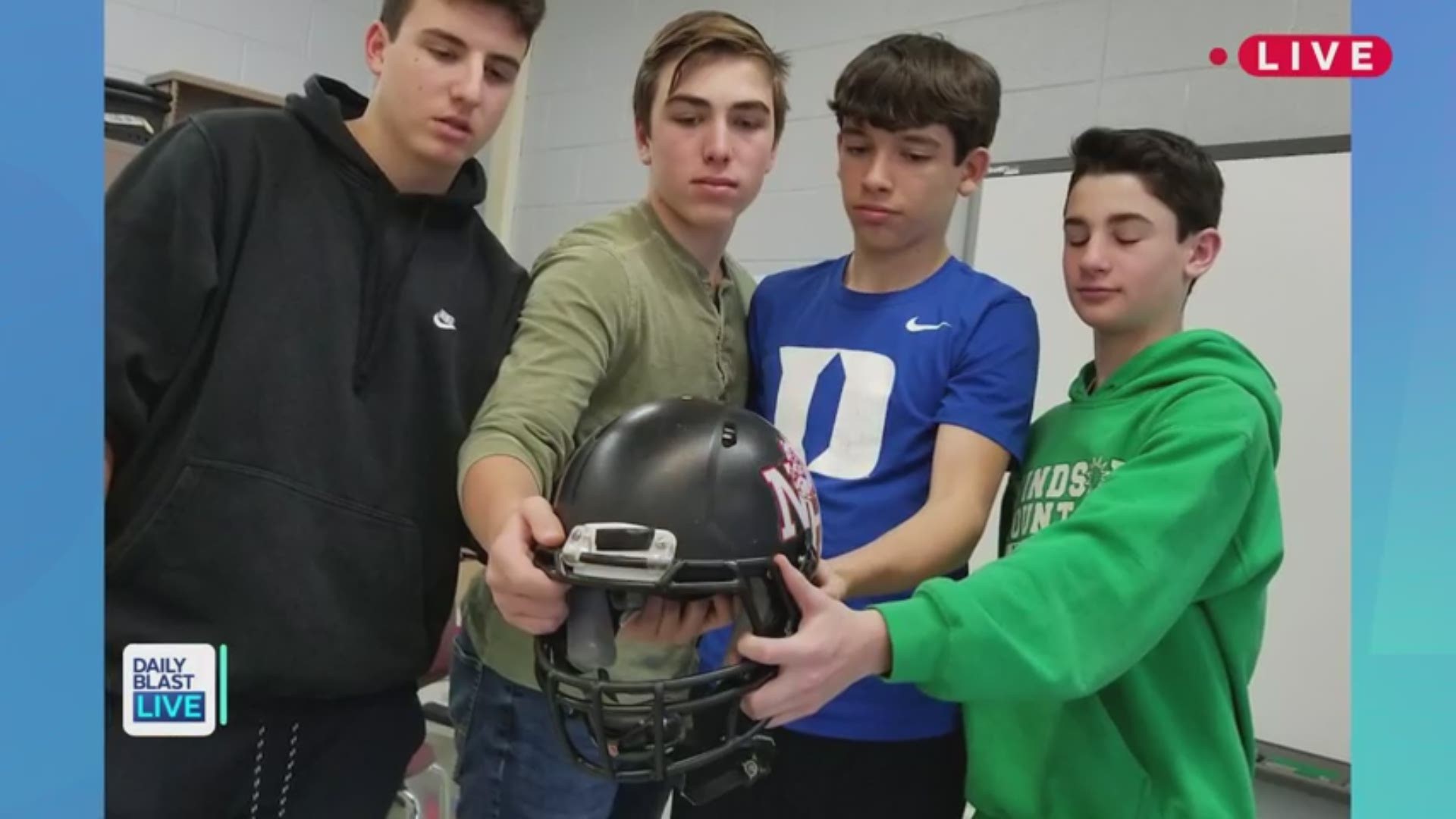Even as participation increases in California for student sports, one of the most popular sports has continued a years long decline.
High School football participation has continued to drop in recent years. Statistics from the National Federation of State High School Associations (NFHS) has shown a steady downward trend in recent years for 11-player high school football.
In California, from the 2009-10 school year to 2013-2014, participation flowed between 102,000 to 104,000. Within that period, its lowest point was 102,505 in 2012-13.
Around 2014-15, the participation rate began a steady and substantial decline from 103,740. Every year after 2014-15, the statistics dropped approximately 3,000 participants from the year prior. The 2017-18 participation rate was 94,286.
The result isn’t necessarily unique to California. The NFHS has noted that the participation drops for 11-player football has been decreasing across the country. This year marked its second straight year of decline; the number decreased by 27,865 in 2015-16 and by 20,565 in 2016-17. Per school, the number of students no longer participating would be 1.5 per school.
Ron Nocetti, Associate Executive Director of the California Interscholastic Federation, says that the decline in participation for the sport can be seen a number of different ways.
“It could be seen as student athletes are choosing another sport to participate in,” Nocetti said. “We’re going to make the assumption also that there are some leaving because there are concerns of health and safety. I don’t think that’s something we can ignore.”
Growing popularity of other sports
While football has decreased, other sports have grown in California.
Football dropped approximately 3 percent, but, according to Nocetti, many other sports rose by a similar percentage. In fact, the total number of students participating in sports is at an all-time high (808,557) for the sixth consecutive year.
Boy’s football remains the most popular sport, in terms of participation numbers. However, other sports like cross country and soccer continue to see increases. Nocetti contends that, due to wide variety of sports available, people can take time to find the sport that they enjoy. He added that, given the variety of student athletes, it would not surprise him if student athletes were attracted toward other emerging sports.
Despite the continued decline, the CIF is not surprised to see that high school football participation has been declining. It reflects a trend they’ve been seeing at the youth level.
“This is something we’ve been expecting. We’ve been seeing a drop in participation at the youth level… if we see the drop at those levels, we’re expecting the drop at the high school level,” Nocetti said.
Attempting to make football safer
Football’s downward participation trend began in 2014-15. Around this time, Nocetti says that the conversation on concussions was getting a lot of attention.
“You started to see the early reports of the increased numbers of concussions. That certainly got people’s attention," Nocetti said. "At the same time, we don’t necessarily feel like there’s been more concussions in the sport of football. We know there’s been more reported concussions, and we see that as a positive.”
The increase in concussions could mean that people are actually reporting their injuries instead of ignoring them.
“One reason why we think we’ve seen more reported concussions in the sport is because of the efforts of our organization and along with the NFHS… in making sure that people are aware of the signs and symptoms of concussions,” he added.
That awareness and information is one of the things that CIF and NFHS continually try to provide to parents who are interested in allowing their children to participate in football. There’s information on concussions, cardiac arrest, and heat illness that can help parents recognize them in their children and how to seek treatment if they occur.
Coaches also go through CPR and renew courses in recognizing the symptoms of heat illness, concussions, and cardiac arrest. According to Nocetti, a course was recently held that help fellow student athletes identify the signs and symptoms of these issues in their own teammates. The NFHS also says that there are concussion protocols and rules in every state in the country.
According to the Centers for Disease Control, there are approximately 3 million sports and recreational concussions that occur every year. However, a Colorado School of Public Health study found that state level traumatic brain injury (concussion) laws have been beneficial in reducing rates of new and recurrent concussions.
These laws can include mandates to remove athletes from play following a suspected concussion, a medical clearance before returning to play, and annual education for coaches, parents, and athletes on concussion signs and symptoms.

